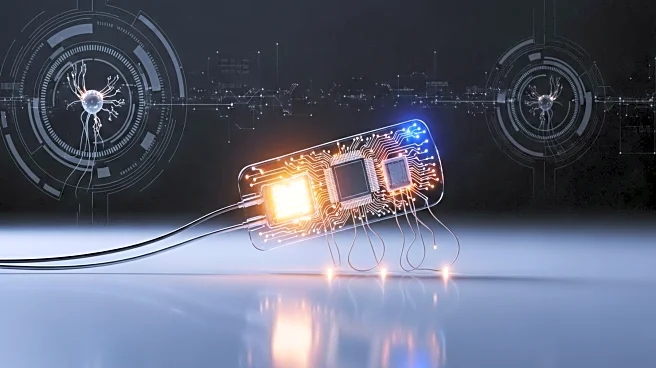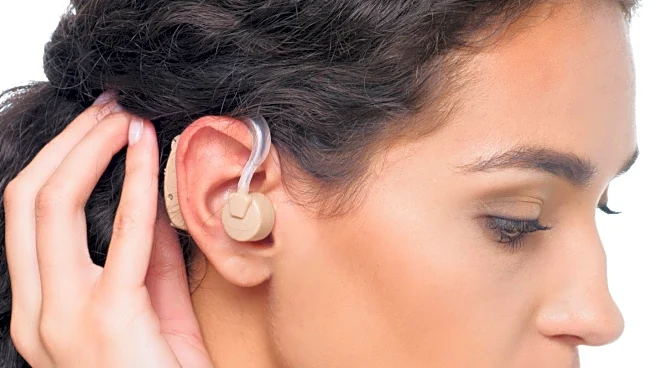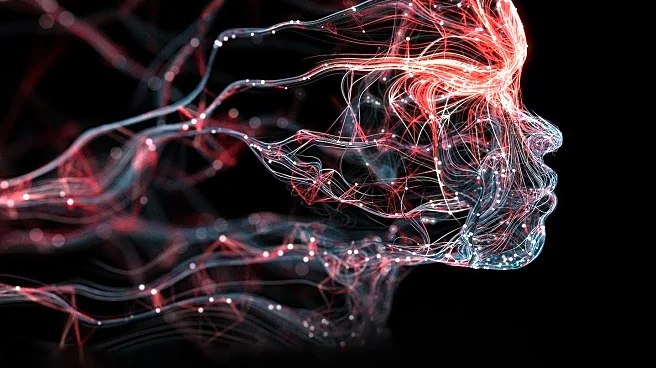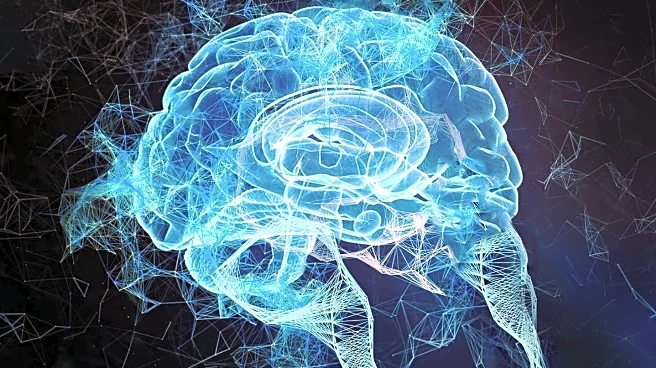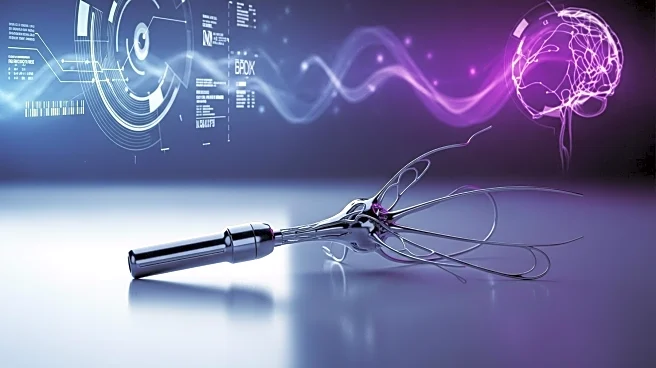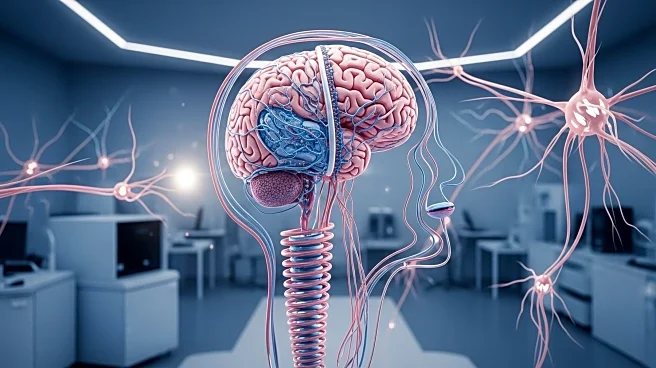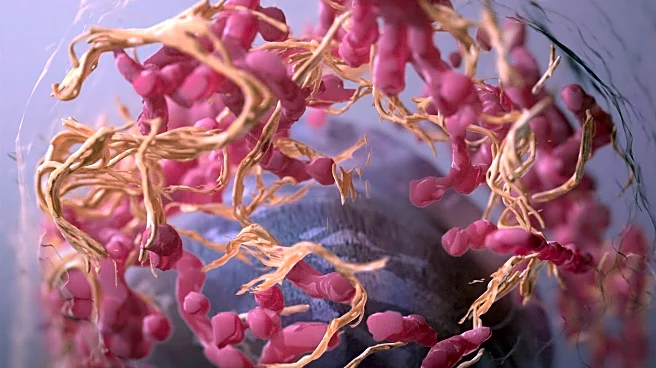What's Happening?
New technologies are being developed to create long-lasting implants that can help repair nerve damage and improve brain function. These include flexible implants and biohybrid devices that integrate living cells with electronics. Researchers are exploring materials that can bend and grow alongside nerves and muscles, potentially offering more durable solutions for conditions like paralysis, hearing loss, and vision impairment. The goal is to create 'living electronics' that can harmoniously integrate with the body, reducing immune system rejection and improving functionality.
Why It's Important?
The development of these advanced implants represents a significant leap forward in medical technology, offering hope for individuals with nerve damage and neurological conditions. By creating devices that can integrate with biological tissues, researchers aim to overcome the limitations of traditional rigid implants, which often face immune system rejection. These innovations could lead to more effective treatments for paralysis, neurodegenerative diseases, and sensory impairments, improving quality of life for many patients.
What's Next?
Researchers are working towards clinical trials to test these new technologies in humans. The success of these trials could lead to widespread adoption of biohybrid implants in medical practice, offering new treatment options for patients with various neurological and sensory conditions. Continued research and development may also explore additional applications, such as enhancing cognitive functions or repairing brain injuries.
Beyond the Headlines
The integration of living cells with electronics opens up possibilities for creating devices that not only repair but also enhance biological functions. This approach could lead to breakthroughs in regenerative medicine, potentially allowing for the restoration of lost connections in the nervous system. The ethical implications of such technologies will need to be carefully considered as they become more advanced and widely used.
